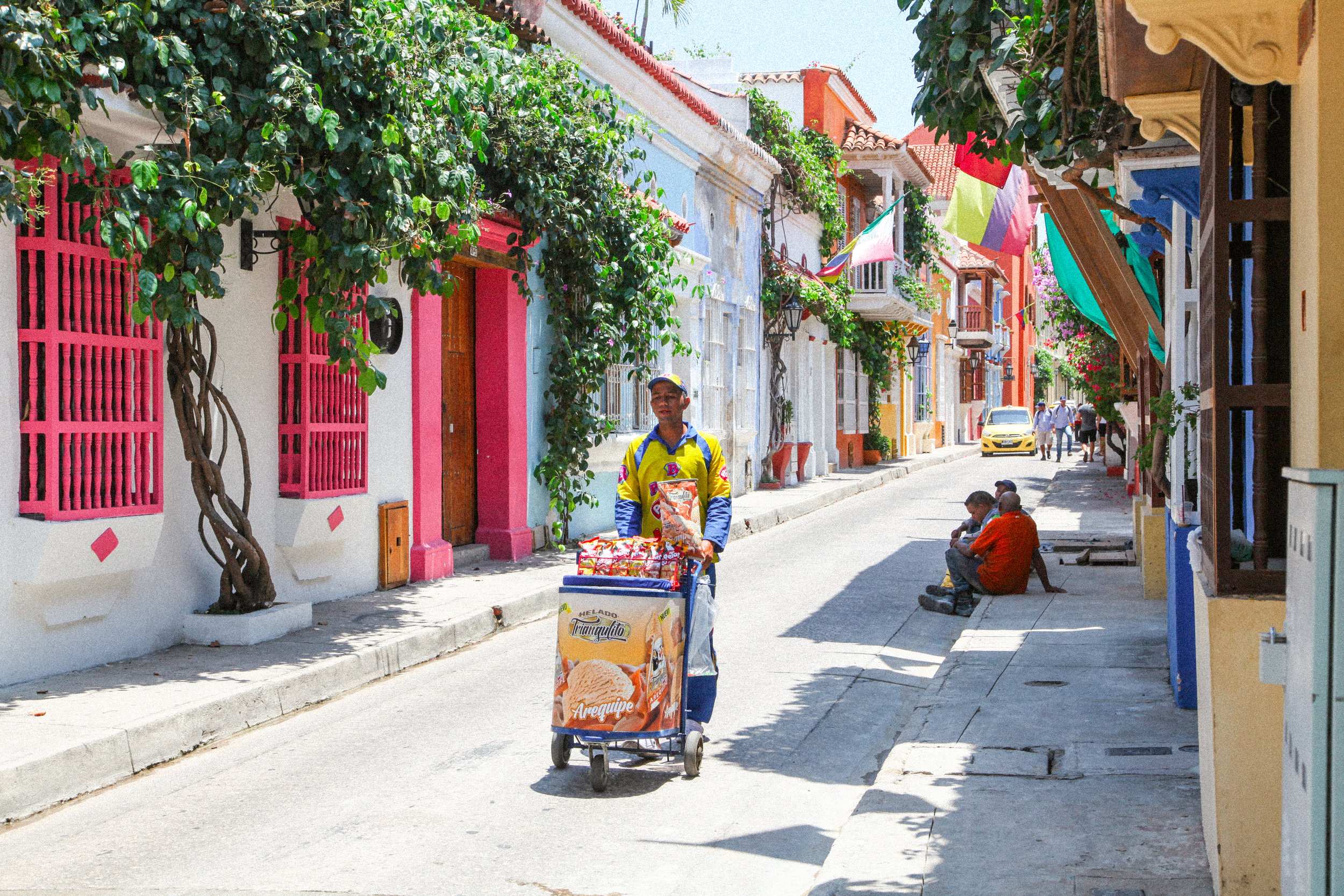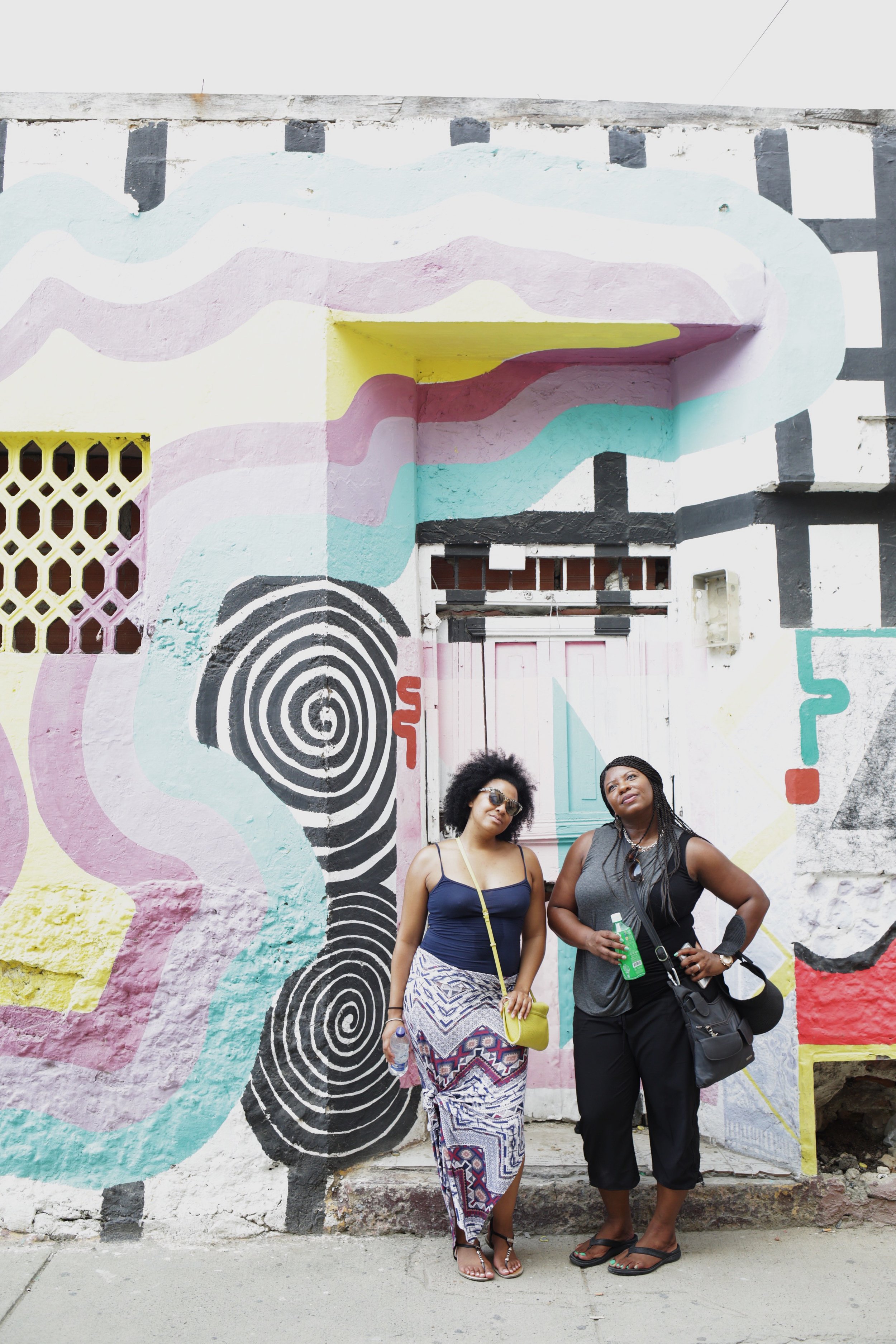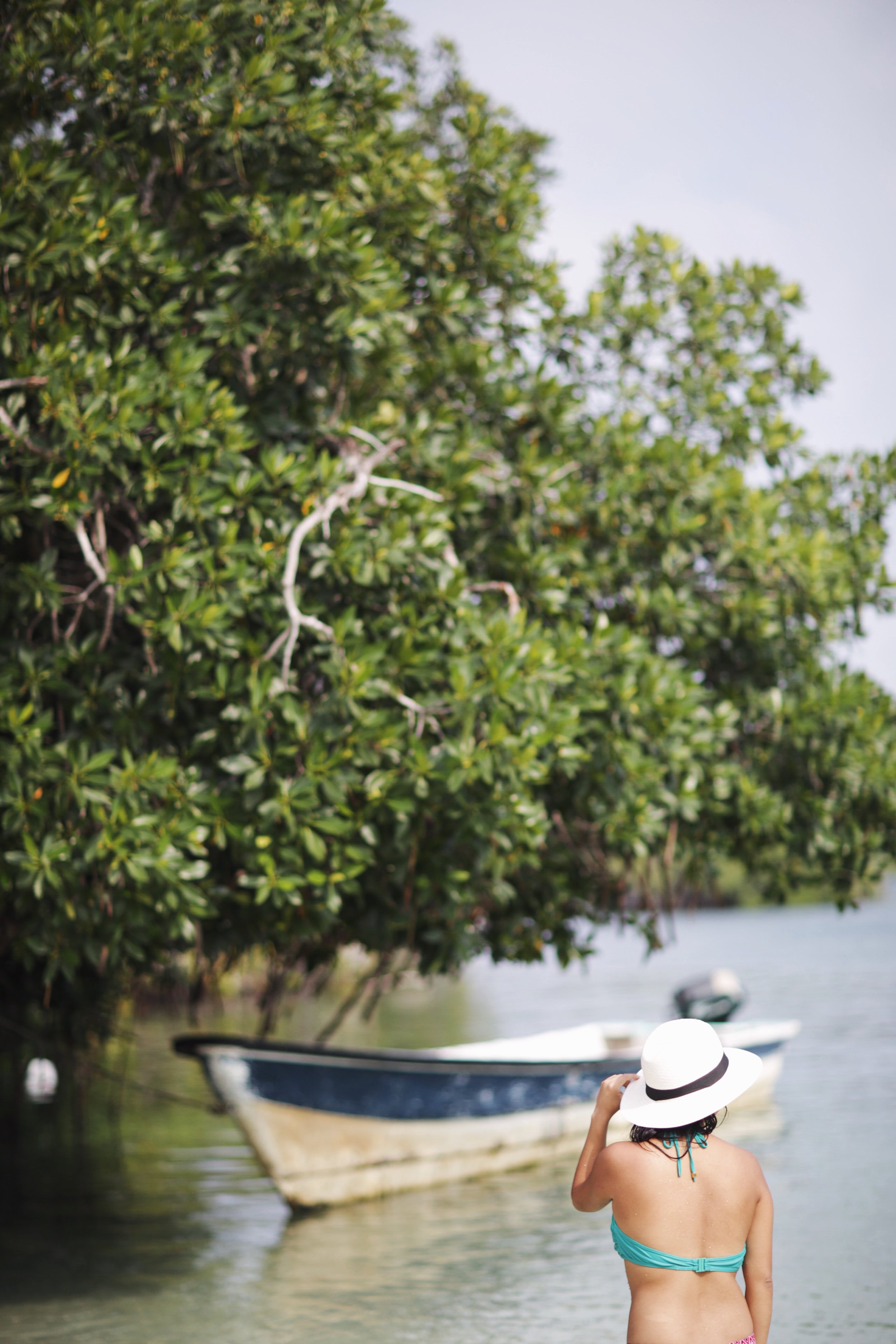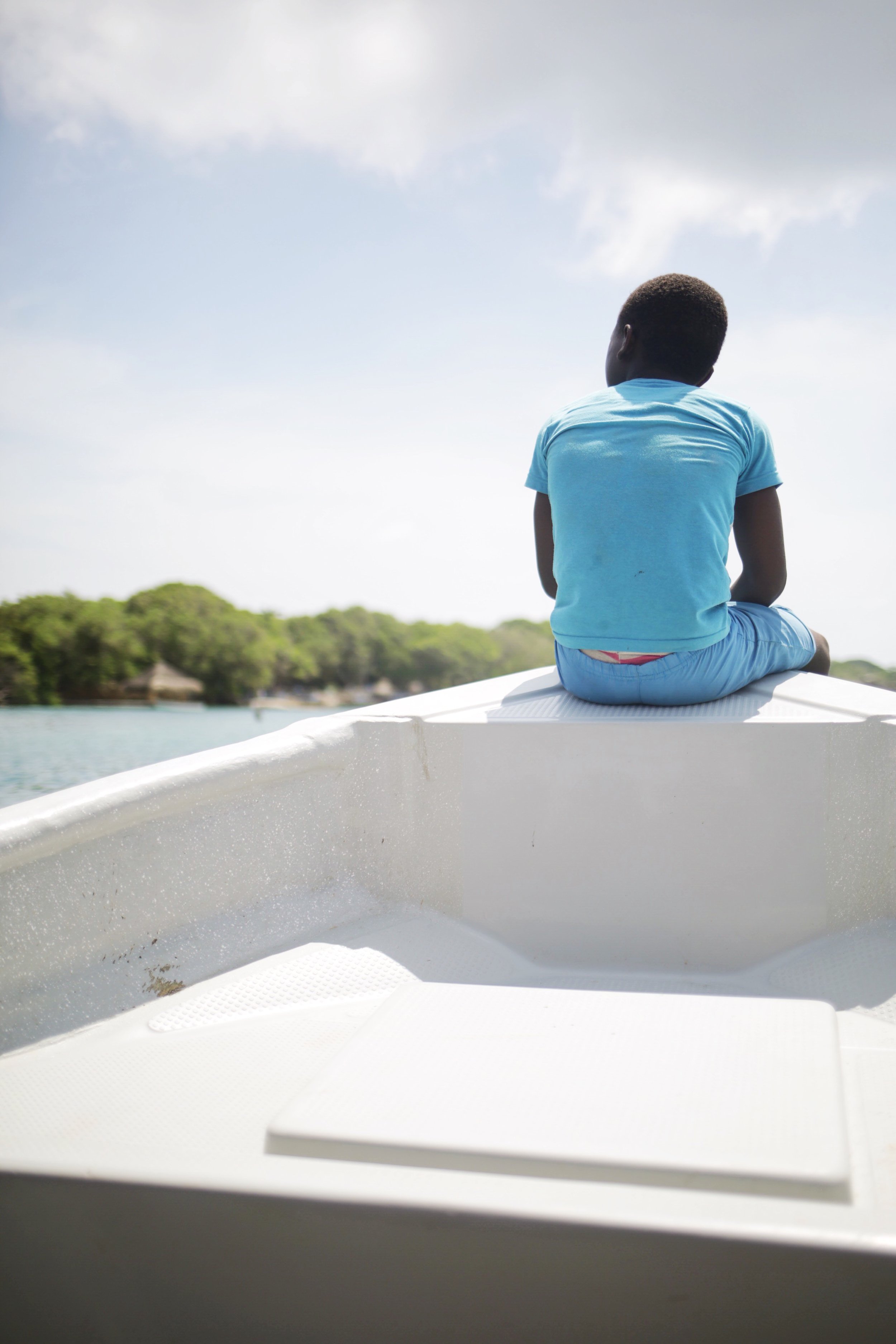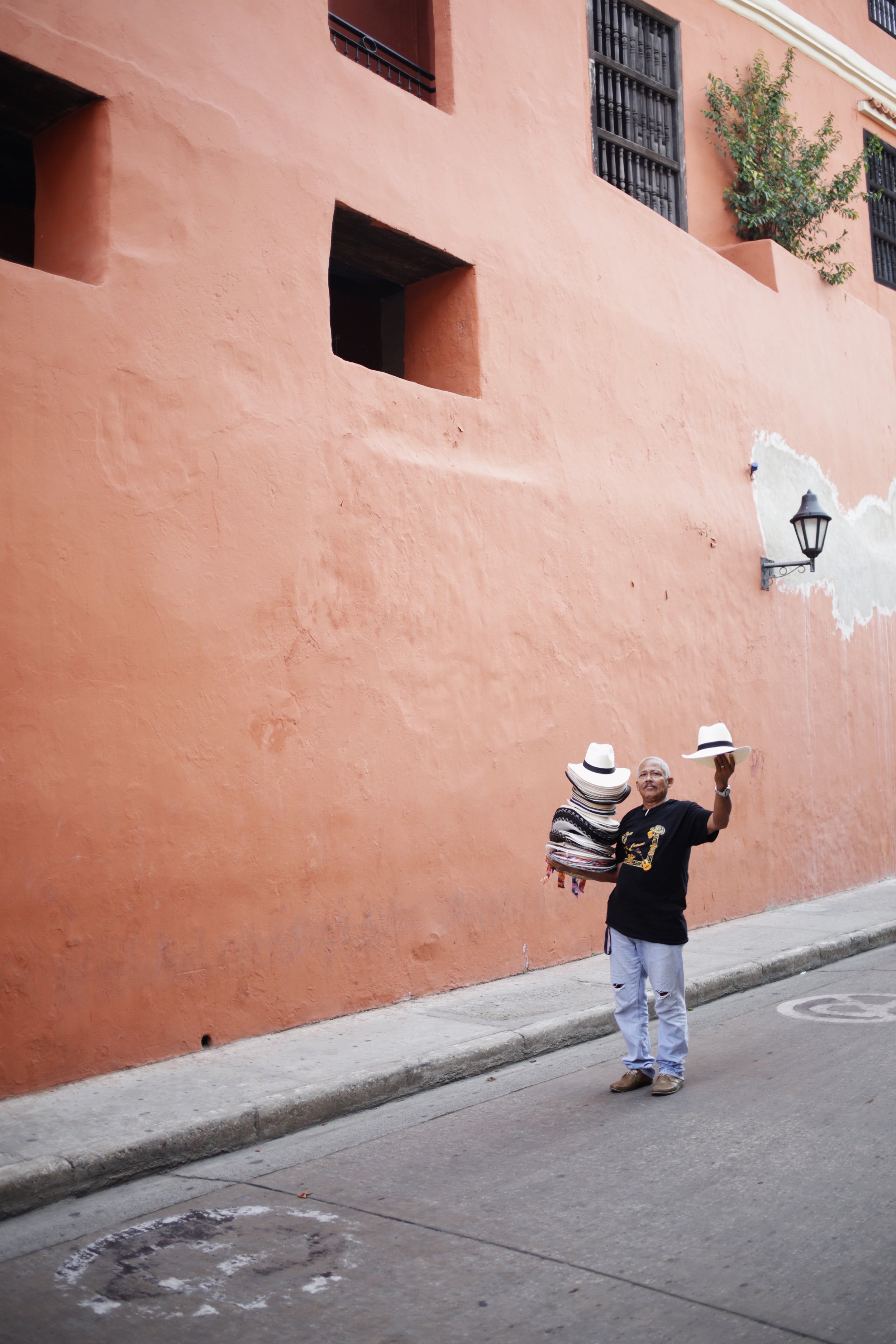With its beautiful landscapes, Caribbean coast, and vibrant metropolitan cities, there’s a lot more to Colombia than you may think.
For a few decades, Colombia has been synonymous with drug cartels and violence. Hollywood movies and the popular Netflix show Narcos depicts the cocaine trade of the late 1980s and the real-life stories of violence and bloodshed in the country. But a lot has changed since then.
Today, Colombia isn’t any more unsafe than some U.S. cities, and beyond the surface of conflict is a vibrant culture with warm, inviting people.
Photo by Amanda Bjorn for Fisheye Journeys
Colombia has come a long way in recent years
Despite the lingering stigmas, Colombia has come a long way and is continuously working to shed the image of a violent past. There is still work to be done, but with leaders working to improve social policy, Colombia’s future looks bright.
As with all travel, the best way to learn about a country and its culture is to experience it yourself. And when it comes to Colombia, no matter which part you visit, there’s something new to learn at every turn.
Photo by Amanda Bjorn for Fisheye Journeys
Photo by Amanda Bjorn for Fisheye Journeys
“In 1991, Medellin had 380 homicides per 100,000 people. But as of 2017, that number declined to 24. ”
Statistics show that violence has declined
In the 1990s, at the height of the war with Pablo Escobar’s cartel, the city of Medellin (home of the Medellin cartel) had the highest murder rate in the world. In January of 2018, the former president, Juan Manuel Santos, revealed that the homicide rate in Colombia was the lowest it had been in the last 42 years.
In 1991, Medellin had 380 homicides per 100,000 people. But as of 2017, that number declined to 24. Integrating the most impoverished and violent neighborhoods with the city center has aided this transformation, as well as the addition of new schools, libraries, transportation initiatives, and other social projects. Gang control still remains a problem, but city officials have big plans to continue the development of this historic city.
Colombia has had a history of violence even before the Escobar days. In the 1960s, the Marxist guerilla group Revolutionary Armed Forces of Colombia (FARC) started a civil war. Over the decades, it left 220,000 people dead and displaced up to 5 million people from their homes. In September of 2016, in a transformative moment of Colombian history, FARC signed a peace treaty with the Colombian government. The country’s largest rebel movement turned in over 8,000 weapons to the United Nations.
With conflict significantly lessened, the country is safer than it has been over the last few decades. Colombia and its citizens are working to change the way people view their country, and it’s no longer what Hollywood films make it out to be.
Photo by Joanne Pio for Fisheye Journeys
Photo by Joanne Pio for Fisheye Journeys
Colombia has seen a rise in tourism
Tourism to Colombia has been on the rise for the past few years. In 2006, the country had 1 million foreigners enter the country. In 2017, that number grew to 6.5 million tourists, an increase of 24% from the previous year.
Photo by Amanda Bjorn for Fisheye Journeys
The increase in tourism has created a demand for new hotels in major cities, and rural areas that were once controlled by FARC (and largely inaccessible) now have potential for tourist expansion.
The government is also working to develop infrastructure for ecotourism, mountain biking, coffee plantation tours, and rainforest exploration for areas in the Colombian Amazon.
“Colombia is a fantastic country. They’ve overcome a lot, and there are many exciting things happening here. It’s a great place to visit.”
Want to visit Colombia?
Fisheye Journeys curates culturally immersive small group trips. You’re in for incredible experiences with local creatives and entrepreneurs. Click below to view the 5 night/6 day Cartagena itinerary.
Photos by Joanne Pio for Fisheye Journeys
Author: Rocio Yepez
Founder of Fisheye Journeys
Photo by Janette Casolary
It's not always easy to track down Rocio. She's always been a free spirit, but since her epic solo backpacking trip, she's been consuming life in rather large quantities! Four months of travel adventure in southeast Asia will do that to a person!
By trade, she's a lifestyle, portrait, and travel photographer. Fascinated by the give and take between people, she aims to capture that magic instant BETWEEN moments - the "passing" moments, where little is offered, but so much is revealed.
When she's not capturing life on film, she may be in acting class, at the bookstore, or engaged in a class to learn something completely new. She has a bachelor's degree in psychology and a strong mind to earn tenure as a permanent student at community college. If you see her flat-footed, be sure to snap a picture, that's about as rare as seeing her in a bad mood. She's constantly moving, exploring, discovering, and growing.

